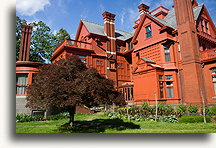From the outside, these are traditional factory buildings from the early twentieth century. The complex does not include anything that would attract the attention of passerbys. Red brick walls and long rows of identical windows create the monotony. The lack of any interesting architectural features is the characteristics of the surviving buildings of the former laboratory of Thomas Edison. However, the interesting is what is left inside of the buildings. In the main laboratory are many old production machines, photographic darkroom, recording studio, offices and countless bizarre technical equipment, inventions sometimes more than 100 years old. The interior of other, smaller building hides the chemical laboratory. Rows of tubes and other glass containers are filled with original chemicals. First synthetic rubber can be found there next to old electric batteries.
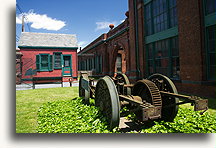
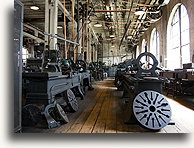
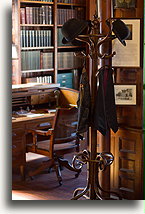
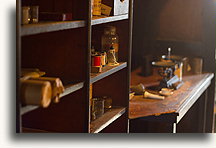
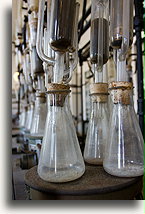
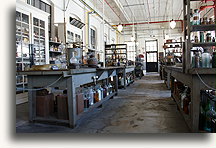
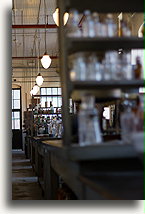

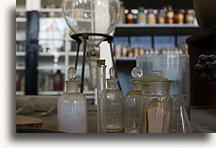
Thomas Edison is known as the inventor of the light bulb, but he achieved that in Menlo Park, the part of the state of New Jersey. Here in West Orange Edison worked on such inventions like phonograph-the precursor of later known gramophone-developed the technique of making films, and built an electrical battery. In the course of his life Edison earned 1,093 U.S. patents. It is so far unbeaten record for one inventor.
